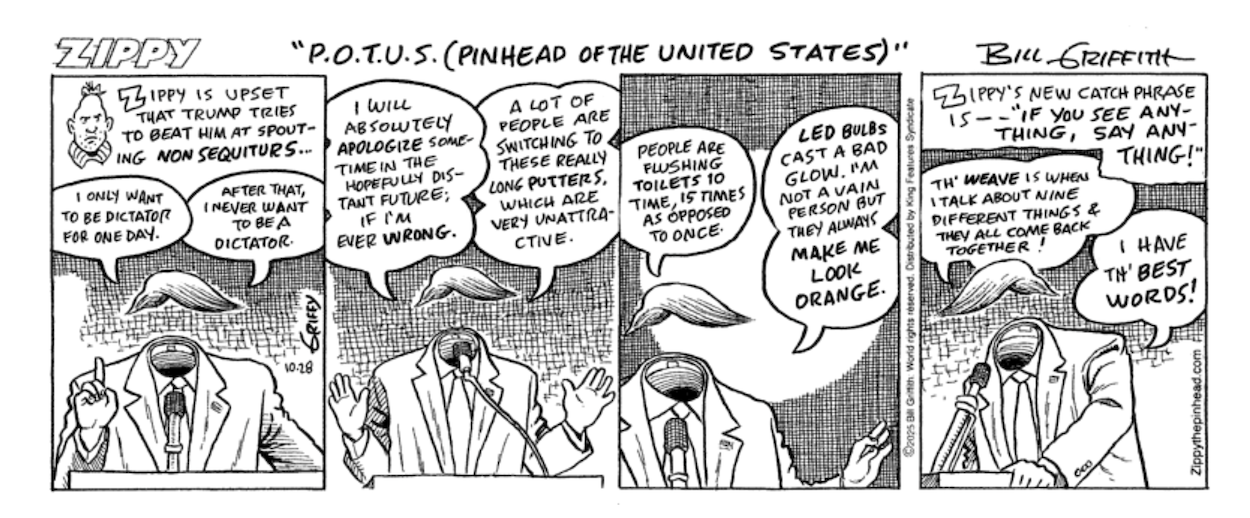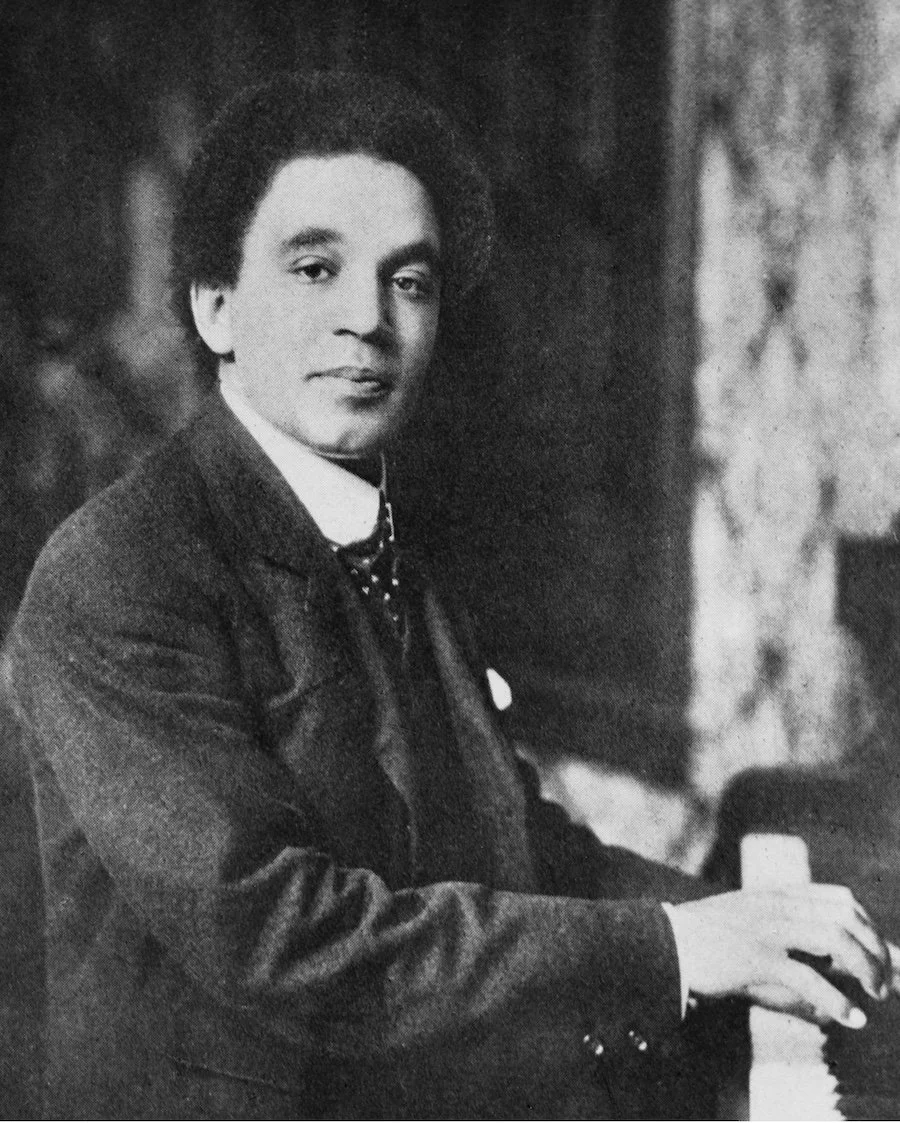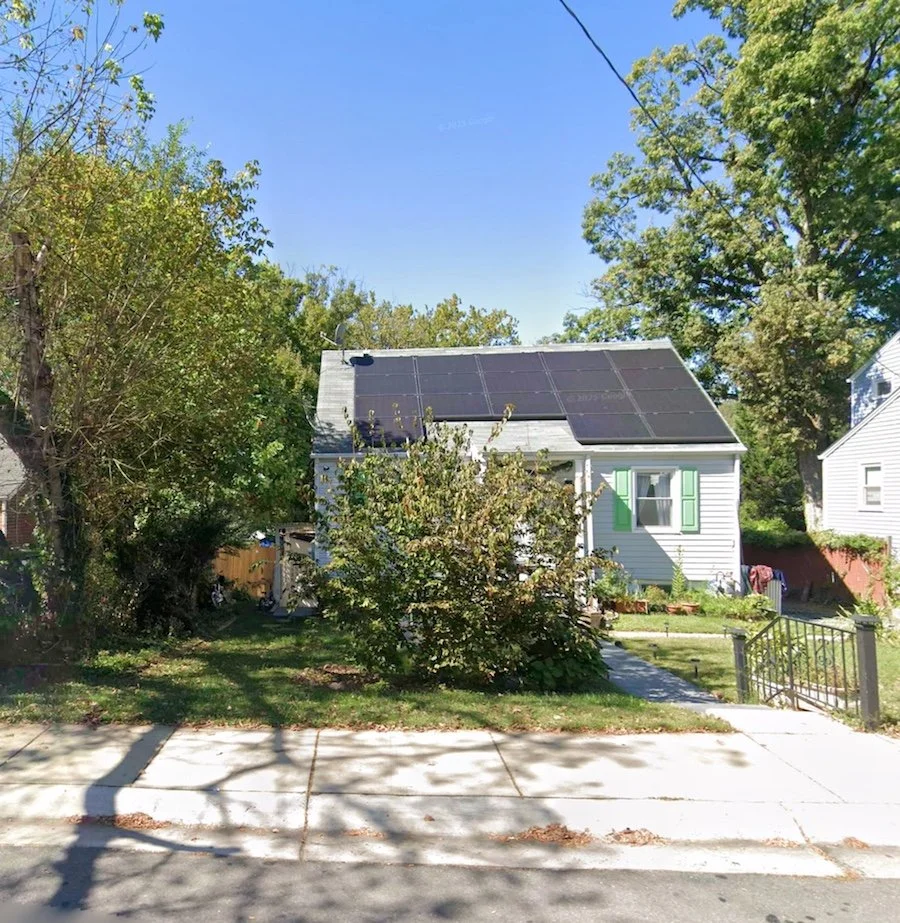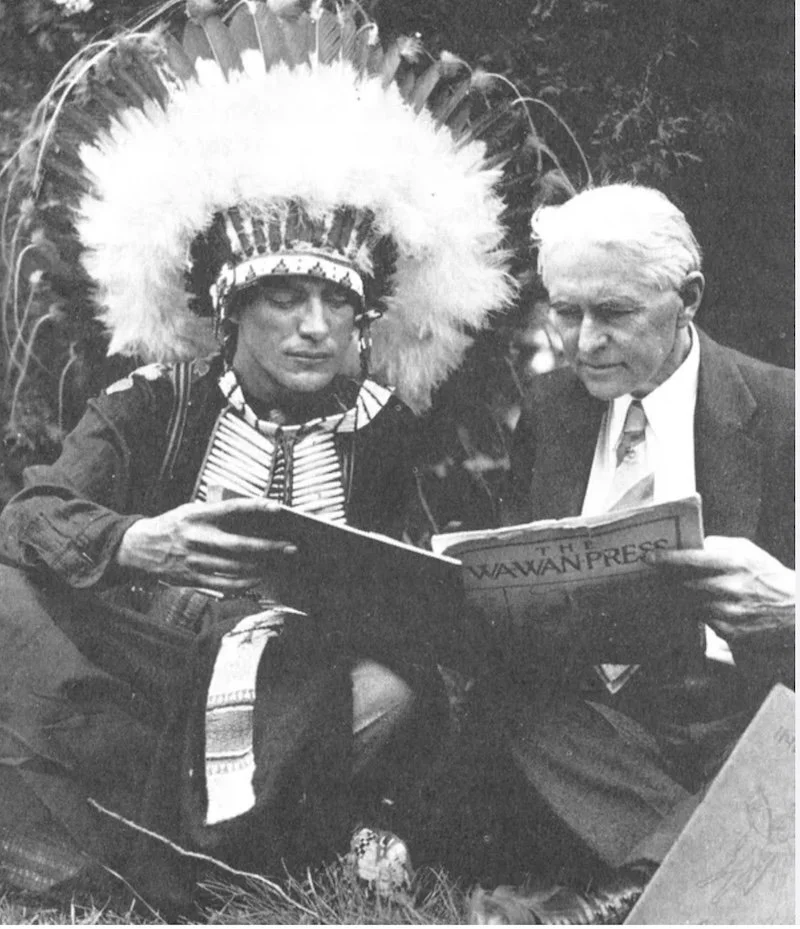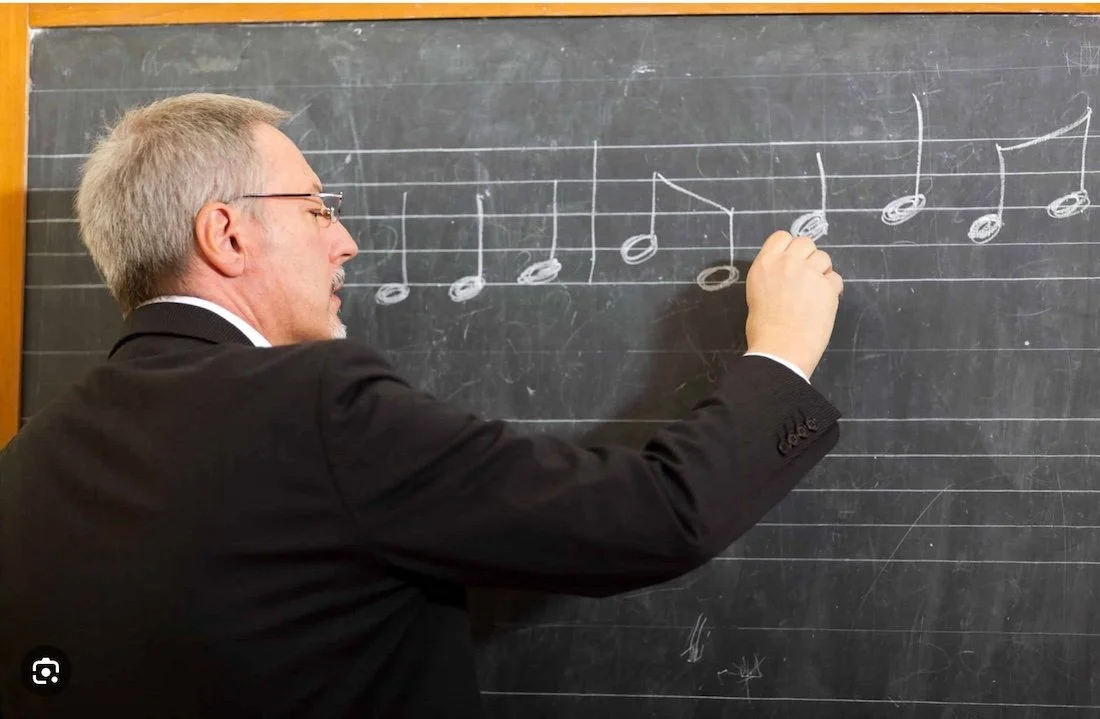“Qvetch”: to complain loudly about the normal human condition (as if it applies only to oneself). (I am very good at it!)
“Bots?”
Bots from "China"
Lately almost all my web traffic is from bots from “China”. I looked it up - apparently these are “content-scraping” website bots, that “spoof” China as a source, and download gigabytes of everything on your website. What do they want with my “content”? This makes me a little nervous - they go everywhere, as interested in music, as in images, politics, biography, humor, family history, philosophy. Are they looking for sources of blackmail? Something they can sell? It would appear to be a kind of brake on free speech. Duh. Maybe they contribute to the pseudo-authoritative voice of AI: “some people say…”, “sources suggest…”
The Current Situation, part 1
Marcy Wheeler made this great video, recently posted on emptywheel.
Booker T. Washington's Introduction to Coleridge-Taylor's "24 Negro Melodies"
Booker T. Washington wrote a fascinating introduction to Samuel Coleridge-Taylor’s “24 Negro Melodies” (1905). IMSLP has been kind enough to provide a PDF scan, which you can download here.
Just Another Scam
I got an email today from someone (with only a first name) who claims to be an editor at an online mag, which I googled. Despite a lot of protestations from AI and others that it’s legit, it appears to be a national scam, targeting artists.
There is a level of desperation and despair among most of the artists that I know, which has increased in recent years. As a result we are vulnerable to those who promise to “discover” us, or raise our visibility, when in actuality they merely want our money or our labor, or both.
On the other hand, I got a message from Europe that someone wanted one of my recordings for a film. This one looked legit - real people, real project, looking for free music, and all my music is free. So I said, sure, great.
My colleagues, years ago, used to berate me for supplying free music, which they imagined hurt their marketability. They did not realize that far larger economic forces and players are what really impact their “market”, and by now we all know that Spotify is the only king. All classical music has become worthless.
Today's Zippy
Ashley Bryan
Mar and I made a kind of pilgrimage in 2011, to places in Maine that her mentors had lived and worked, Deer Isle and Cranberry Island. David Lund had a studio in Deer Isle, but he was living in NY at that time, and we did not see him in Maine. Marvin Bileck had passed away in 2005, but we knew that he spent summers on Cranberry Island, and that an artist friend of his still lived there on Little Cranberry Island, Ashley Bryan. We took the ferry to the Island, and were told that we could not miss Ashley - he was a very tall black man, and the only African-American there. He welcomed us to his home and studio. He had fond memories of Marvin Bileck and his wife, Emily Nelligan. We saw his huge collection of dolls and puppets, all made by him and used in performance, and his latest paintings. He told us how he became the first black person to attend Cooper Union, and gave us one of his books, “Walk Together Children”, of woodcuts based on spirituals.
Dedication: For my Mother
who sings from one end of the day to the other
And
To the Memory of my Father
who used to say, “Son, your mother must think she’s a bird!”
Ai Wei Wei on Freedom
“Freedom is not a gift; it must be wrestled from the hands of banality and the quiet complicity with power.” Ai Wei Wei
Ai Weiwei, "Study of Perspective - Reichstag, Berlin" (1999) (image courtesy Ai Weiwei Studio)
“Works that evade reality, that shy away from argument, from controversy, from debate — be they text, painting, or performance — are worthless. And strangely, it is this worthless work that society most readily celebrates.
I understand now: People crave power and tyranny as they crave sunshine and rain, for the burden of self-awareness feels like pain. At times, even like catastrophe.
Under most circumstances, society selects the most selfish, least idealistic among us to take on the work we call “art” because that choice makes everyone feel safe.”
"Tactical Frivolity"
Ben Wittes today.
Marilyn at No Kings Reisterstown
Samuel Coleridge-Taylor
Samuel Coleridge-Taylor
There is an excellent article on Samuel Coleridge-Taylor on Wikipedia here. I was thrilled to discover his settings of spirituals in Twenty-Four Negro Melodies, Op. 59, from 1905.
Viktor Ullmann's Piano Sonata #7 (Terezin, 1944)
I have come to feel that the less said about Ullmann’s Sonata #7, the better. It is one of the great creations of the human spirit, having been written in Terezin as his final work, just before he was deported to Auschwitz and gassed. The survival of the manuscript is miraculous.
Some hints on how to listen to it:
The first movement, in D major, is a tender ode to life, dedicated to his children. There are two Scherzos: movements 2 and 4, giving some taste of the hardships and horror, and somewhat the humor of life in the camp. The third movement, an atonal Adagio, is quite serious - noble and tragic. The Variations and Finale that complete the work are a defiant middle finger to the Nazi oppressors. They begin with Variations on a sad little Jewish tune, which is then turned into a triumphant major anthem, and combined with the Hussite marching song (a Czech expression of defiance and patriotism) and the name of BACH, which comes thundering in bombastically in conclusion.
The Water is Wide, Daisy Bell, by Andrew Stiller
Andrew Stiller’s “The Water is Wide, Daisy Bell”, written for his sister’s wedding in 1987, starts with a halting attempt to remember the tune of “Water is Wide”, which finally appears in full, and is transformed through various keys, including a bitonal variation (two different keys simultaneously). This abruptly ends with an impatient thundering crash, and then picks up with a lead-in to “Daisy Bell” (“Bicycle Built for Two”). The tune climbs up from the bottom of the piano to the top, and then descends to the bottom again, at which point the couple apparently breaks up (temporarily). There is an interminable section of random sighing minor chords, which I tend to abbreviate (I am sympathetic, but not that sympathetic). And then the relationship thaws and comes back to life, combining the tunes in a glorious conclusion.
A Personal Connection to the Stiller Piece: Glenmont MD, 1955
“The Water is Wide, Daisy Bell” by Andrew Stiller (1987)
We lived in a small Cape style house in Glenmont Maryland from about 1950-57. My father bought it on the G.I. Bill in 1946 or 1947 for $10,000. (I see that it was sold in 2024 for $555K). The split level “Jewish” neighborhoods, like Bannockburn, were apparently too expensive, at $12K. My dad was working as a staffer on the Hill in the early 1950’s, for the Sub-Committee on Antitrust and Monopoly. We drove him to the B&O train at the Forest Glen “Castle Station” every morning in our 1940 Oldsmobile (with running boards) to go to work in one of the WWII “temp” quonsets (it was “E” Building) that persisted on the Mall for decades after the war. Glenmont was still farmland and woods in 1950, and was being converted to the “Little Boxes” housing developments of the baby boom. The woods were disappearing before my eyes as a child, but I could still pack a Skippy’s peanut butter on Pepperidge Farm bread and wander off into the woods by myself. There were few fences between lots, and kids roamed freely, taking shortcuts through other people’s yards. Some of the neighborhood kids took advantage of the newness of the storm water system by crawling, climbing, and skating through the sewer tunnels. We would find Indian head pennies, arrowheads, and Civil War bullets when people dug up the soil for gardening. Rose quartz and mica were common. There was a feeling that the War, Civil, that is, had just recently concluded. The Washington Post ran a story about the last veteran of that War finally going to his eternal reward. There were slave houses just to the north in Olney or Rockville, and an abandoned blacksmith shop on Georgia Ave in Silver Spring, about where the Beltway is now. My neighborhood friends regarded me as a “Yankee” because we had moved back from Boston, and I had a bit of an accent. The Washington Post advertised “Help Wanted, White” and “Help Wanted, Colored”, and just a few miles away in Virginia, there were separate drinking fountains and bathrooms.
Our pediatrician was Dr. Stiller on Georgia Ave and Plyers Mill Rd. I don’t remember him, but I remember the intersection. In 1969 I was a music student at SUNY Buffalo, and one of the composition students in the department was Andrew Stiller, son of that pediatrician. I mentioned it to him, but he was not impressed. I would see him frequently in the basement practise rooms of Baird Hall. He was working on a thorough and meticulous notation of Beatles Songs at the time.
Many years later I Googled Andrew Stiller, and found this composition that he had written in 1987 for his sister’s wedding. In some strange way it brought back memories of Glenmont/Wheaton of 1955. I don’t know why, but his evocation of the Appalachian tune “The Water is Wide” moves me deeply, as if it comes out of that mica schist soil. Andrew treats it with the respect that it deserves, as if we share that history, even though he, contemporary composer that he is, makes it work in a bitonal variation. “Bicycle Built for Two” is one of a few songs that my dad would sing in the shower, when we lived in Glenmont. I don’t remember him ever singing after we moved to St. Louis in 1957.
No Kings Takoma
Pretty good turnout, lots of neighbors.
Recurrent Dream
I awoke this morning from a distressing dream, of a recurrent type. I am to play an important concert for a large gathering, perhaps for a religious group like the SDA or Mormon Church. I only have to play one work, one that I have played frequently, perhaps Bolcom’s “Graceful Ghost” Rag. Crowds begin to gather in this large hall. I am treated with great courtesy, but the crowd is quite dense, looks like it will be several thousand. I suddenly realize that I do not have my score, and cannot perform from memory. It is too late to go home. I think, well, the music director must have a score, and I can use that. I ask someone, is there a music director? But they are busy, and just gesture towards a locked door. Then I realize that I do not have my glasses either, and won’t be able to see to play.
I think this is a dream about the perils of celebrity, an issue that bubbles through my subconscious.
The "Indianists"
From Wikipedia:
“Arthur Farwell was perhaps the most important composer involved in the Indianist movement at the height of its influence. He professed interest in all forms of American music, "notably, ragtime, Negro songs, Indian songs, Cowboy songs, and, of the utmost importance, new and daring expressions of our own composers, sound-speech previously unheard." He seemed to show particular interest in American Indian music. Farwell founded the Wa-Wan Press, which published songs and other compositions of Indianist music in America. As a composer, Farwell did not regard American Indian music as a novelty, but as a profound source of inspiration for his work.”
The “Indianists” have been accused of “appropriation”, and as a result are almost entirely dismissed and neglected. But they were running around reservations with Edison wax cylinders, to preserve native American culture, and present it to the general public in notated and harmonized form. How is this different from Bartok, Kodaly, and Saygun?
Chopin, from under the piano
Formative memory: sitting under the piano as a 5 year old, listening to my aunt Thelma play.
Under the Piano
When I was little I used to sit under the piano when my aunt Thelma played, a wonderful experience! This clip is a little like that.
Signs of the Times
Chamber music is a dying art. Highly trained, superb classical musicians of my acquaintance are turning to events management, classroom teaching, and online businesses to get a steady paycheck, health care coverage, vacation pay and sick days, and better control their time. There is no one left to play music with.







